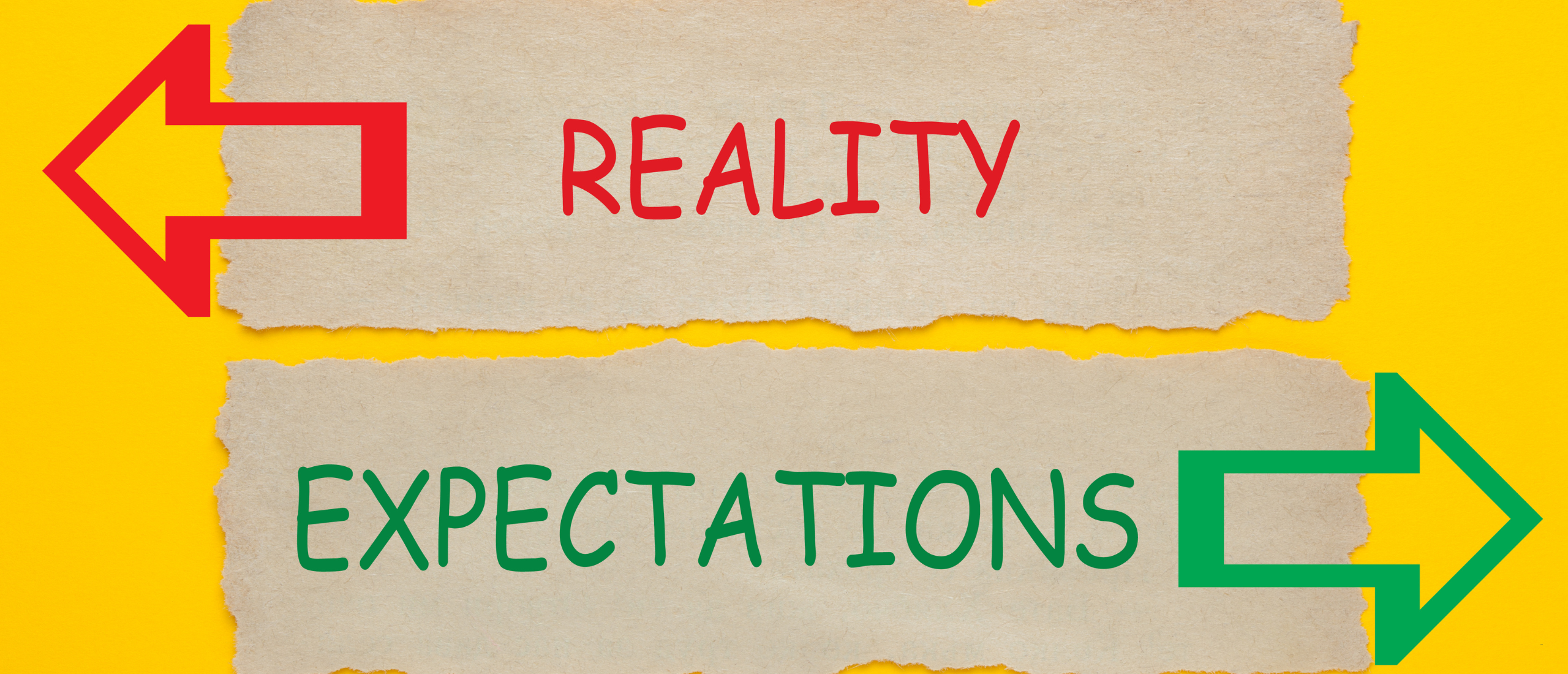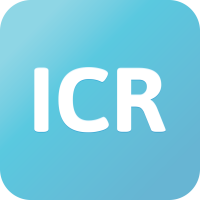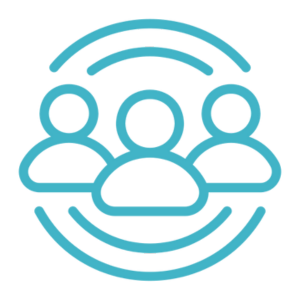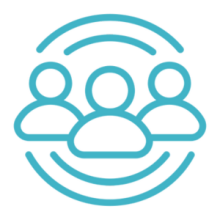
Revenue and Margins Falling Short of Expectations
Revenue and Margins Falling Short of Expectations
Step 1: What problem are you experiencing within the organization, and how is this problem affecting (the performance of) your organization?
Revenue and margins are falling short of expectations, causing financial goals to go unmet. This results in fewer investment opportunities, pressure on cash flow, and growing frustration among employees and stakeholders.
Note - Step 1 refers to the consequences of risks that have materialized. Examples include: Cash flow problems - Lower revenue - Higher costs - Inadequate staffing - Inventory issues - Low customer satisfaction - Customer complaints - Customer attrition.
Step 2: Where in the organization or process are the problems occurring, and who is directly impacted?
This problem affects various parts of the organization:
- Marketing and Sales: Insufficient leads or conversions and ineffective pricing strategies.
- Strategy: Unrealistic goals or a non-competitive value proposition.
- Finance: Margin pressure due to rising costs and inefficiencies.
- Operations: Process inefficiencies leading to higher costs.
Note - For step 2 consider responsibility areas such as finance, marketing, sales, IT, HR, procurement, core processes, investments, quality, compliance, and care.
Step 3: What exactly is happening within or to the organization that is causing the problem?
The following risk events contribute to the issue:
- Insufficient market research, leading to missed opportunities or changing customer needs.
- Ineffective pricing strategies, making products or services non-competitive.
- Lack of differentiation in the market, causing customers to choose competitors.
- High cost structures putting pressure on margins.
Note - Step 3 refers to risks such as: Delayed customer payments affecting timely bill settlements - Logistical process disruptions - Competitors acquiring customers - Inadequate staffing.
Step 4: Is the root cause of the risk internal or external to the organization?
The causes are largely internal:
- Lack of targeted focus in marketing and sales.
- No clear value proposition aligned with customer needs.
- Inflexible processes that are not efficient enough to reduce costs.
External factors, such as increased competition and economic changes, may play a role, but internal processes are the primary drivers.
Step 5: What is the underlying cause of the risk?
The underlying causes may include:
- Lack of strategic insight into market trends and customer needs.
- Insufficient integration between marketing, sales, and operations, leading to fragmented efforts.
- Lack of innovation or investment to make products or services more attractive.
- Insufficient analysis and reporting on customer behavior, revenue, and costs.
Note - Examples of step 5 include: Sales teams selling products/services that cannot be delivered to customers, leading to dissatisfaction and delayed payments - Outdated IT systems - Failing to meet customer commitments - Negative word-of-mouth - Increased competition for attracting and retaining talent.
Solutions via ICR
Solution Path 1: Immediate Action
An emergency response:
- Analyze the current pricing strategy and adjust it if necessary to be more competitive.
- Conduct a quick scan to identify the most profitable customers and products, focusing efforts there immediately.
- Set up a temporary sales task force to generate new leads and reactivate existing customers.
- Optimize short-term costs by improving process efficiency.
Solution Path 2: Sustainable Solution
A long-term approach:
- Focus on enhancing the value proposition and strengthening market positioning.
- Integrate a marketing and sales plan based on customer insights, trends, and market data.
- Build a culture of continuous improvement in sales and operations using ICR software.
- Optimize the entire customer journey (from lead generation to customer retention) with clear (Key) Performance Indicators and measurable goals.
- Improve collaboration across departments through the ICR software and focus on revenue and margin improvement.
What Are the Benefits?
Immediate Action
A direct boost in revenue through better focus and short-term adjustments.
Sustainable Solution
A future-proof strategy that strengthens competitive positioning, improves margins, and ensures sustainable revenue growth. This creates greater financial stability and provides room for further investments.
Note
No action means that risk events will continue to occur, and therefore the resulting problems will continue to exist within the organization.
Visit 'Welcome to ICR Troubleshooting' to download our free e-book.
Move to other common problems.
Route ICR Community
Get to know ICR at your own pace and completely free of charge via the Route ICR Community.
Sharing knowledge, experiences and network with like-minded individuals. Because we all want to be sustainably successful!


